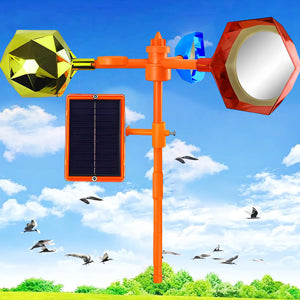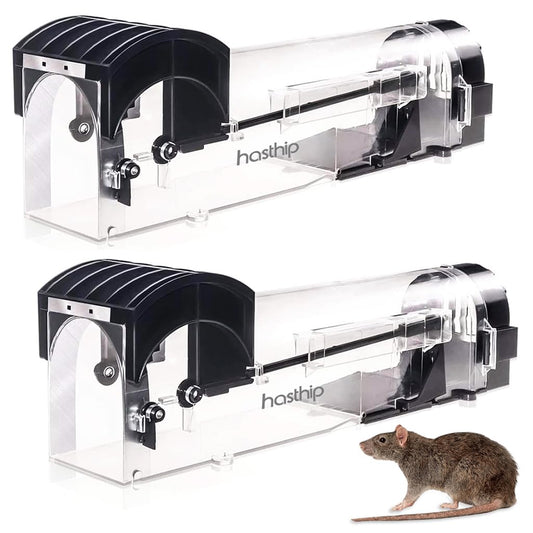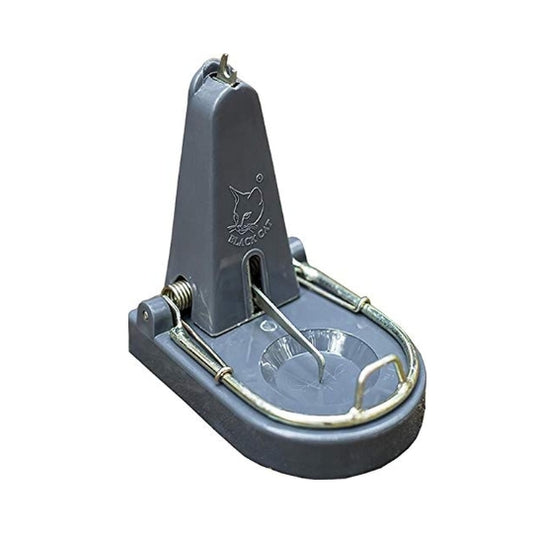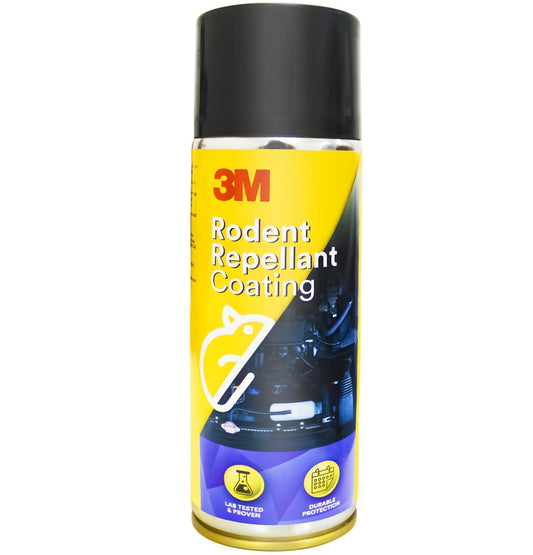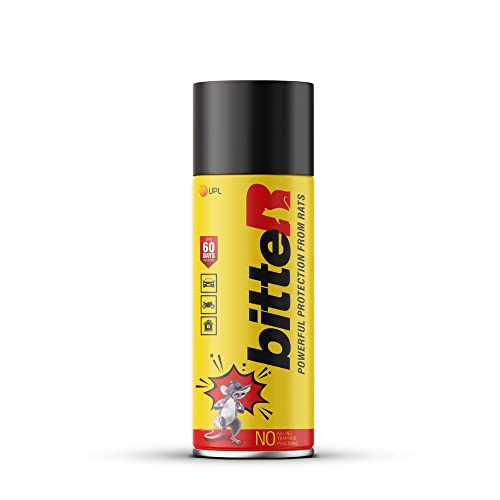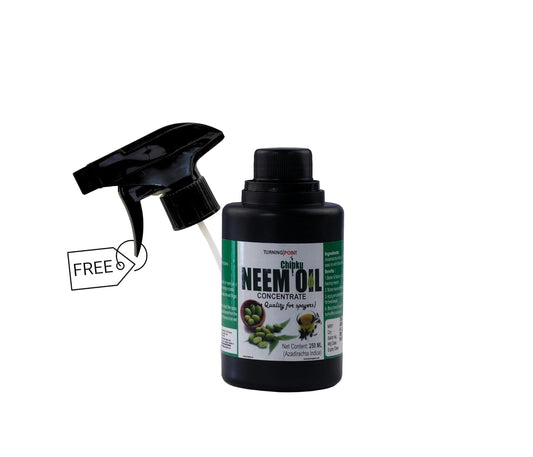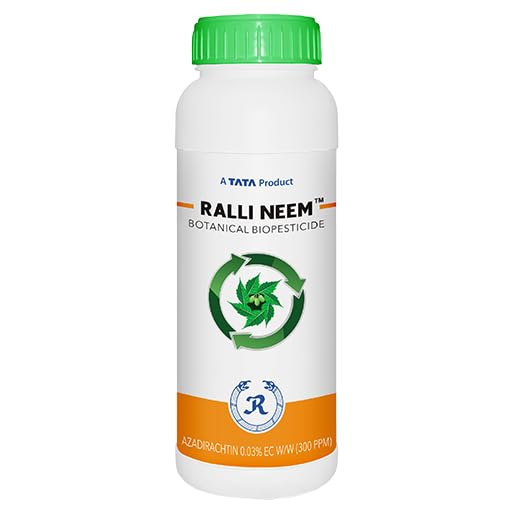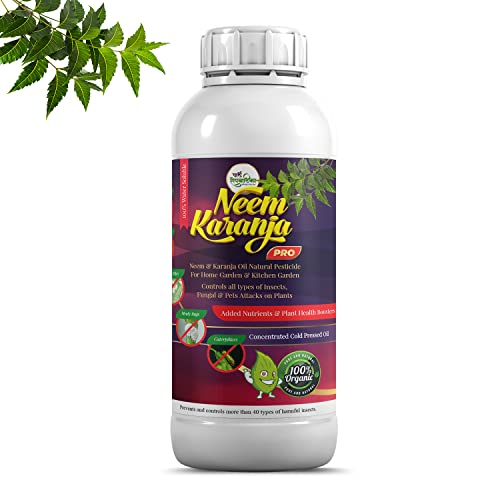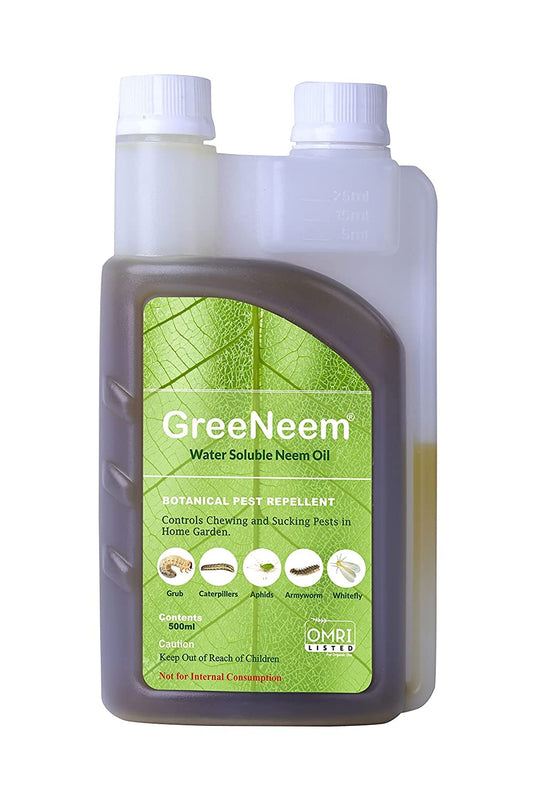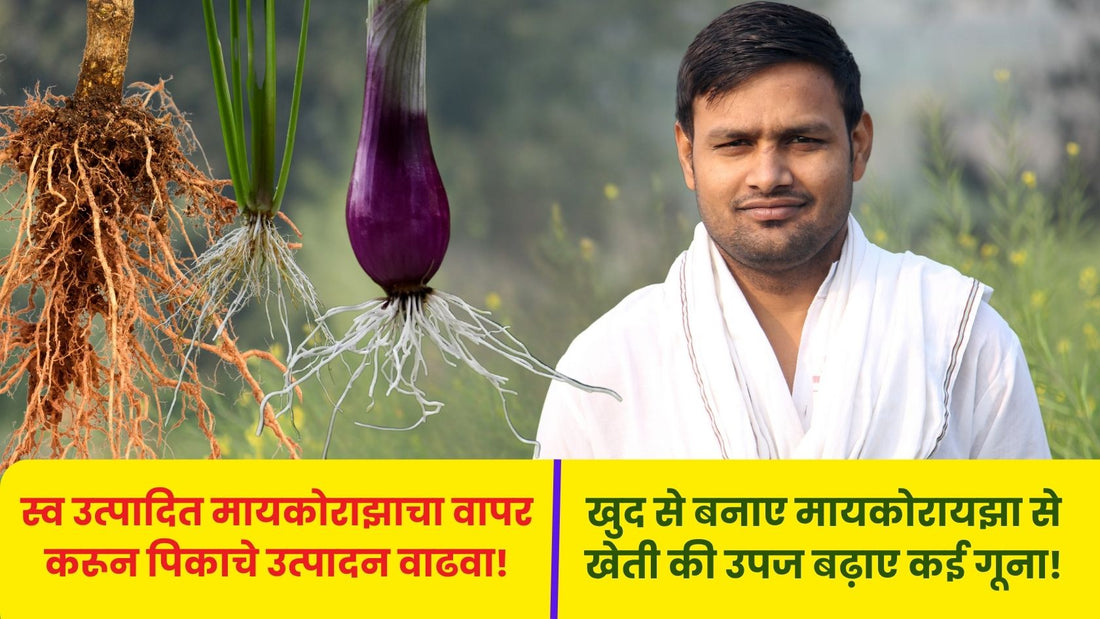
Improve the Yield of Almost Every Crop using Mycorrhizal Biofertilizers!
Share
The indiscriminate use of chemical fertilizers and pesticides has significantly reduced the fertility of our soil (organic carbon and nutrient balance). News about the poor quality and adulteration of fertilizers available in the market makes it natural to question whether to spend hard-earned money on fertilizers. This uncertainty is causing many farmers to lose faith and interest in farming. With this concern, through the 'Reset Agri' website, we are trying to find effective solutions to this problem, so that farmers can once again farm with confidence and enthusiasm.
In this detailed article, we will learn about Mycorrhiza, a crucial component. We will find answers to many questions like what is Mycorrhiza, how it works, where it is found, how it can be used, in what forms it is available in the market, how farmers can produce Mycorrhiza themselves, commercial companies' production techniques, and leading products available online.
If you have any questions about this, please feel free to ask in the comments. We will regularly update this article, so don't forget to visit again for more information!
---
What is Mycorrhiza?
Mycorrhiza (literally meaning 'root fungus') is a type of fungus that grows underground. This fungus establishes a symbiotic relationship with the roots of almost all types of plants. This relationship, which has existed for millions of years, has proven to be extremely beneficial for both plants and fungi.
Simply put, this fungus acts as an extension of the plant's root system. Like a large, microscopic pipeline network, it absorbs water and nutrients from the soil and transports them to the plants. In return, the plant provides the fungus with sugary secretions (sugar) produced through photosynthesis, which serves as food for the fungus.
Is your crop growth stunted and not flowering?
Are your plants falling victim to diseases due to nutrient deficiencies? Tata Ralligold helps your crops develop a strong and extensive Root System, providing the following benefits:
- 🌱 Increased availability of nutrients and water
- 💧 Enhances drought tolerance
- 💪 Boosts crop health and strength
- 🌸 More attractive flowers and greener leaves

Give your farming a new lease of life today with Tata Ralligold!
Buy Now!---
How does the collaboration between Mycorrhiza and crop roots work?
The partnership between Mycorrhiza fungus and crop roots proves beneficial for plant growth and soil health in many ways. This collaboration works as follows:
-
Substantial Increase in Surface Area: Mycorrhizal threads (hyphae) are extremely fine and spread over a large area beyond the reach of plant roots. This significantly increases the soil surface area for water and nutrient absorption. As a result, essential nutrients like Phosphorus, Zinc, Copper, and Nitrogen are supplied more effectively to the plants.
-
Solubilization of Nutrients (Making them Available): Mycorrhizal fungi produce specific enzymes and organic acids. These acids help to dissolve nutrients trapped in the soil in a tightly bound form, making them readily available for plants to absorb. This is especially important for Phosphorus, as it is often unavailable to plants despite being present in the soil.
-
Improved Water Absorption: This extensive fungal network helps plants obtain a large amount of water from the soil. This allows crops to better withstand drought conditions.
-
Increased Disease Resistance: Contact with Mycorrhiza induces Systemic Resistance in plants against fungi. This allows crops to more effectively combat certain soil-borne diseases.
-
Improvement in Soil Structure: Fungal hyphae bind soil particles together, making the soil structure more stable and aerated (optimal moisture condition). This benefits better water infiltration into the soil and reduces soil erosion.
-
Increase in Soil Organic Carbon: As Mycorrhizal fungi grow and later decompose, they increase the amount of organic matter in the soil. This directly increases the level of organic carbon in the soil, which is a crucial component for long-term soil health.
---
Where is Mycorrhiza found?
Mycorrhiza is naturally found in almost every healthy soil worldwide. It may be surprising, but more than 90% of plant species, including most of our agricultural crops, grow in symbiosis with Mycorrhiza.
However, current intensive farming practices, i.e., frequent tilling and excessive use of chemical fertilizers and pesticides, have significantly reduced the natural Mycorrhiza population in the soil. In such a situation, reintroducing these beneficial fungi into the soil through bio-fertilizers becomes extremely important.
Just as we add a little curd (starter) to milk to make yogurt, adding Mycorrhiza "seeds" (inoculants) to the field improves the natural fertility of the soil and leads to better crop growth.
---
How can farmers use Mycorrhiza?
Farmers can incorporate Mycorrhizal bio-fertilizers into their farming practices in several effective ways, which enhances crop health and production:
-
Seed Treatment (Seed Treatment): Before sowing, Mycorrhiza spores are directly applied to the seeds. This allows the fungus to start growing in the roots and establish symbiosis from the very early stages of the plant.
-
Soil Application: Mycorrhizal inoculants (bio-fertilizers) can be mixed directly into the soil during planting or spread over the soil. This helps the fungus spread in the soil.
-
Root Dipping: If you are transplanting seedlings (e.g., rice, chili, tomato), dipping the roots of those seedlings in a Mycorrhizal solution before planting is highly effective. This brings the fungus into direct contact with the roots.
-
Drip Irrigation: Some Mycorrhizal products are available in liquid form, which can be delivered directly to the plant roots through a drip irrigation system.
The appropriate method for using Mycorrhiza depends on your crop, the type of Mycorrhiza product, and your current farming practices.
Commercial types of Mycorrhiza available in the market
Many commercial formulations of Mycorrhiza are available in the market, catering to the diverse needs of farmers:
-
Powder Formulation: This type contains Mycorrhizal fungal spores, usually mixed in a soluble carrier like humic acid or glucose. Sometimes they are also available in insoluble carriers like talcum or vermiculite. This powder is suitable for seed treatment, drenching, irrigation, and mixing in pot soil. Fortunately, very good online offers are available on such products. Click here to check these offers!
-
Granular Formulation: These come in the form of baked bentonite clay granules, making them easy to spread evenly in the field.
-
Liquid Formulation: These contain live Mycorrhizal spores or hyphae (fungal threads) in a liquid medium. These liquids are ideal for drenching, drip irrigation, and root dipping before planting seedlings.
-
Tablet/Briquette Formulation: Especially for use in pots or limited spaces, Mycorrhiza is also available in tablet or briquette form.
When choosing a commercial product, farmers should prioritize reputable brands. These brands provide information about the Mycorrhizal fungal species, spore count, and clear instructions for use in their products. For example, "Ralligold"
How can farmers grow Mycorrhiza on maize roots?
While using commercial Mycorrhiza products is convenient, farmers can also grow Mycorrhizal fungi in their own fields. Mycorrhiza needs live plant roots to grow, and it grows easily on maize roots. Keeping this in mind, the following process can be done:
-
Select a Healthy Plot: Choose an area in your field where the soil condition is good, water drainage is proper, and regular watering is possible. After selecting this plot, expose it to good sunlight to sterilize the soil. Do not use any fungicide in this area.
-
Plant Maize: Treat maize seeds with a high-quality Mycorrhiza product like Ralligold available in the market, then plant these seeds. Maize is an excellent host for many Mycorrhizal species.
-
Allow Growth: Allow the maize to grow for a few weeks. During this time, the Mycorrhizal fungus will grow well in its roots and establish its colony.
-
Extract Roots: Carefully uproot the maize plants and gently shake off excess soil from their roots. You will see that the roots have been colonized by Mycorrhizal fungus.
-
Chop and Mix: Chop these Mycorrhiza-rich root pieces into small pieces. These fungus-rich root pieces can then be mixed into the soil of other fields as an inoculum (seed). Although this method is a bit more laborious, it is a cost-effective way to produce Mycorrhiza yourself in the field.
How is Mycorrhiza grown commercially?
For large-scale commercial production of Mycorrhiza inoculants, companies use modern and advanced techniques like Root Organ Culture (ROC). This method allows Mycorrhizal fungus to grow very rapidly in a sterile environment. The process is generally as follows:
-
Sterile Roots: In this method, genetically modified roots of a plant (e.g., carrot roots) are grown in a nutrient-rich medium in a completely sterile environment.
-
Inoculation: Subsequently, spores of Mycorrhizal fungus are inoculated into these sterile roots.
-
Co-cultivation: The entire system is kept under extremely precise and controlled conditions such as temperature, light, and nutrient supply.
-
Spore Production: As the fungus grows and interacts with the roots, it produces a large number of spores. These spores are then collected and used to prepare the commercial product. This method ensures high purity and consistent quality of Mycorrhizal inoculants.
Leading Mycorrhiza Products Available Online
-
Patil Biotech's Vamizone: Patil Biotech's Vamizone, made with glucose, is available on Amazon and comes with a substantial discount of 30 to 35 percent. Click here to check this offer!
-
Utkarsh Agrochemical's Vamoz-P: Vamoz-P - This is a Mycorrhizal fertilizer certified as per Fertilizer Control Order (FCO) 1985. It is made from Vesicular Arbuscular Mycorrhiza (VAM) fungal spores, which promote strong root growth and rapid development. Its 900-gram packet is available for only 200 to 300 rupees. Click here to check this offer!
---
Dear Farmers,
If you found the information in this article useful, be sure to join our WhatsApp channel!
You can also follow our Facebook Page.
Visit ResetAgri.in again. Thank you!







